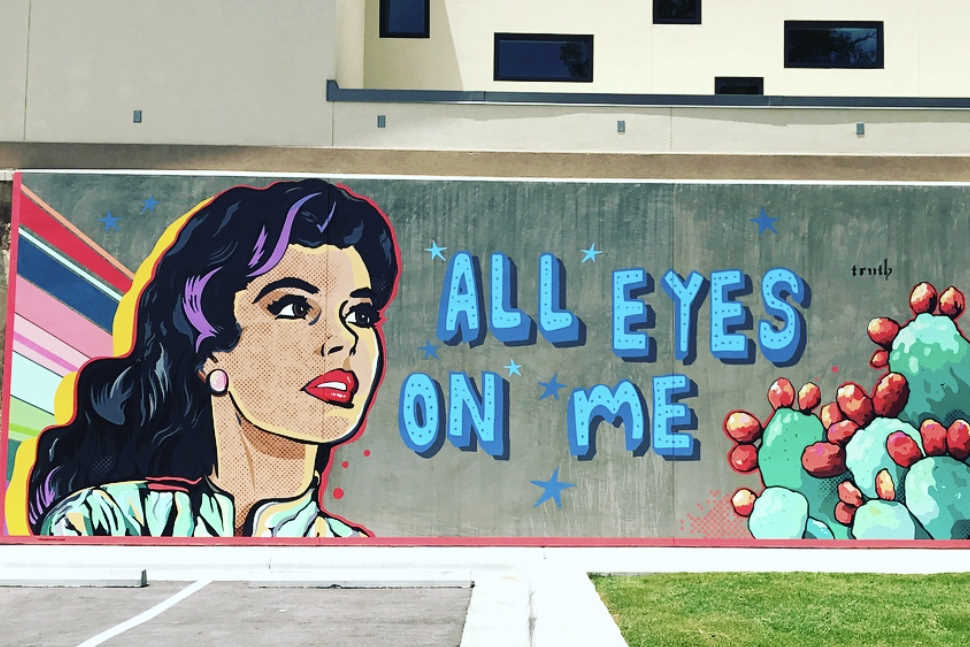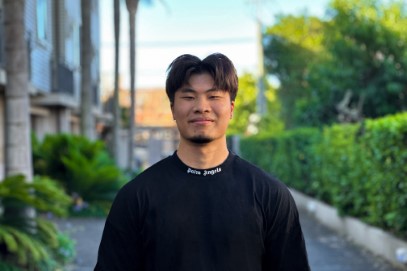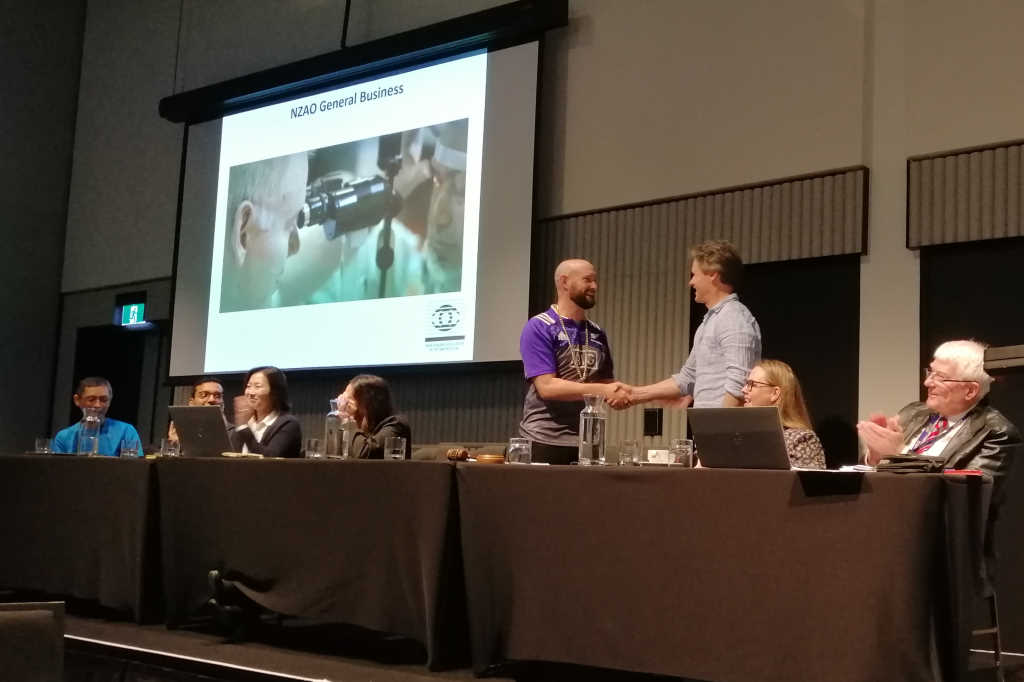Seeing is believing: A VM primer
I have visited well over 1000 practices in multiple continents and I have learned that there are as many ways to practice optometry as there are colours. However, the best in the biz all have clear concise visual merchandising. I do a terrible Arnold Schwarzenegger impersonation, but please imagine me saying this next sentence to you: Hear me now, believe me later! Clear, concise visual messaging to your customers is growing in importance and will continue to do so as the eyewear market gets more competitive.
Decisions on which brand a customer is going to buy get made in the carpark, while watching television, from reading magazines, and through the use of influencers on Facebook, Instagram, Twitter, before a client even enters an optical practice. According to EyeDesigns, an eyewear display manufacturer owned by VSP/Marchon based in the US, your patient will determine their level of interest in product selection in 3-8 seconds, based on first impression. Before talking to your team’s smiling retail assistants, fantastic dispensing opticians, engaging practice managers, or kind-natured optoms, your patients will decide whether or not they will consider purchasing from you in eight seconds, based on what they see. This is before we often count this person in our capture rate data. People are walking away from your business that you don’t even count. How do you go about building the right kind of visual experience?
The following is a short primer to guide you through this visual merchandising maze:
Overarching concepts:
- Less is more: Carry fewer brands and ensure that these brands are in line with your business’ marketing goals.
- Focus: Use imagery in store and online ONLY for your top 2-3 brands.
- The Holy Grail: Build a strong online presence. This is the key to keeping your practice young.
- Be memorable: Make bold, fun, flirty messaging a central theme, to stand-out from the crowd. You know how we tell patients to buy the bright orange frame and they pick the boring Havana? That’s what happens with the safe decisions in VM. Yep, y’a basic.
Principles of Visual Merchandising
Practice names: Your business should be named in a way that identifies with your primary target market and indicates what services you are delivering. For practice owners hoping for retirement in the next 10 years, you want to pass on a turn-key operation with a name that will continue to resonate with your thriving patient base after you have left the business.
Integrated messaging: ALL your points of contact (in store, business cards, websites, social media pages, etc) should have the same message, with the same colours, logos, etc. Build a great habit by using these images for internal uses as well. And make sure these images mean something to your demographic and are not too predictably eye-related.
Less is more: Get dressed, then remove three things. This style tip is a great concept that applies to your practice’s visual presentation as well. If you have more than five point of purchase materials (like counter cards), then, in your eight second evaluation window, you have no POP. This is too much messaging, similar to five people talking to you at once. This applies to POP AND inventory. Showing 800+ units of product is distracting. You should show 300-400 and have the range of key collections in drawers so that the optician can guide a customer’s experience to the correct fit/colour/style/cost for them.
Who are your favourites?: You should have 2-3 featured collections aimed at your primary target market. These should be either exclusive to you OR a high margin product for you to sell. You are looking for wins for your customer and your business here.
Get organised: Organise product in clusters of colour; typically dark to light and/or sub collection (this may mean you need to be buying by sub collection in order to execute this).
Rule of three: There is power in the mythical triangle of VM. Our eyes enjoy travelling in a triangle to review something. Don’t fill an entire display or window with things because you think it is empty looking, do this with purpose.
It’s all for them: Decorate your practice with things that your target demographic enjoys and can relate to. YOU aren’t buying any eyewear, so it really doesn’t matter if you want a New Mexico southwest theme loaded up with saddles and random cowboy-themed dust collecting knick-knacks (yes, this happened). If your primary target wants the office to have hot pink walls, then hot pink walls it is.
The tools to get the job done
Become an avid mystery shopper: Shop our business - anything optometry/optical/sun retail, fashion boutiques, clothing stores, shoe retailers, even grocery stores. Go into a shop and ask, ‘what are they trying to tell me’? Ask a person who works there what the place is all about. Reflect on the differences between the two. Note phrases to share with your team to use.
Walk in the front door every day: What are you trying to tell your customers? What does the space look like? Don’t ask if YOU would shop here, ask if your primary target would.
Build a planogram: This is perhaps the most important tool in your entire marketing plan. A planogram is a detailed map of a retail space that shows which collections go where, what POP goes where, and ensures the correct product is being carried in the correct quantities. This is a living document that should be reviewed monthly as a team and before any rep visit, to ensure you are buying to plan. I recommend paring with a budget that accounts for seasonality.
The agent: Outsource! Hire a professional visual merchandiser with experience from major retailers, jewellery stores, fashion boutiques, etc.
Review your in-store merch: You can only tell a consumer a couple of things at once. Having one card or logo plaque would tell your customers more than having 15. In short – less is more!
Craig Parker is national sales manager for Black Eyewear, an MBA graduate of Texas A&M Corpus Christi, an American Board of Opticianry certified optician and contact lens technician.



























